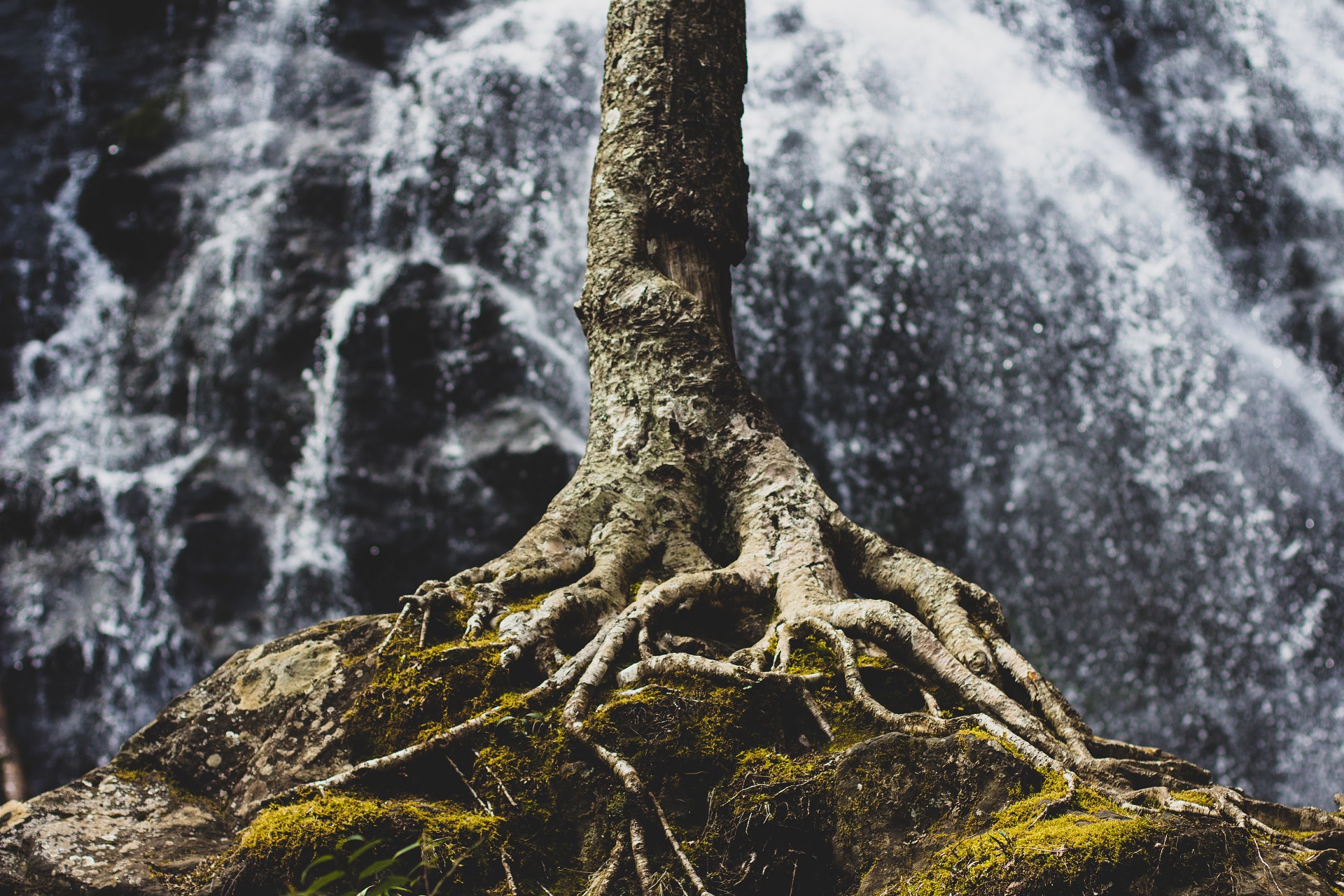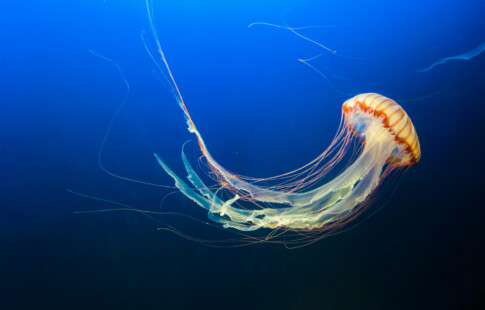
Biotic Weathering and How it Changes the Planet
We are reader-supported. When you buy through links on our site, we may earn affiliate commission.
Natural cycles and weather change the environment constantly. Rain floods grassy fields to look like lakes, and humans clear-cut forests to make room for urban infrastructure. Organic and human influences change landscapes, but biotic weathering is one of the planet’s most gradual and standard processes. Most have probably witnessed it happen without realizing it. So, what is biotic or biological weathering and its influence on ecosystems?
What is Biotic Weathering, and How Does it Happen?
Biotic weathering explains the natural procedure of the Earth, primarily rocks, breaking down. It is a type of biological weathering that specifically hones in on the effects of living organisms, whereas abiotic weathering analyzes non-living influences. The natural process provides variety to the soil, like sand, for example. The most common association with weathering is tree roots.
Trees are one of the most resilient and robust organisms, and their roots alone explain why weathering happens. Biotic weathering typically describes trees breaking through rocks or rugged landscapes because of their biological development. Trees’ average growth changes the earth, moving or destroying natural structures over time. Though this is the most common understanding of biotic weathering, it extends beyond trees. Roots are the most common offender because they can thrive anywhere there’s water.
However, other plants and organisms disrupt environments and cause the land to distort and change. Microbes and insects like worms, mites, and ants have unique ways of putting pressure on rocks by burrowing or degrading them by weighing them down. Burrowing animals or pecking birds are additional examples of biotic weathering, because their influence could be more expedited because of their size and force. Any crack or hole is an opening for biotic weathering to progress, even as plants and animals die and degrade into the soil.
Let’s not forget another driving factor — humans are another living organism causing biological weathering. It can happen with or without the help of abiotic assistance, but it’s critical to acknowledge the simple act of taking a step outside is biotic weathering.
What Are the Types of Biological Weathering?
There are two overarching categories for biological weathering for living things — physical and chemical.
Physical weathering is what humans are most familiar with. Agriculture is one of the most intensive forms of physical biotic weathering because it’s so swift and disruptive. It opens countless doors for plants and microorganisms to flourish in rock splits.
Stampeding animals kick up tough rocks, and plants weave around forest foundations to change the landscape. Another contributor to physical weathering is the weather, including rain and sun rays. These alter the stability of soil and promote other weathering varieties. Even pollution can influence physical weathering, depending on what lies within the water or the air.
Chemical weathering comes in just as many forms. Compounds like carbon dioxide and byproducts of humus in soil are only several components that exacerbate the impact of physical weathering. Some processes create acidic reactions, like plants that permeate limestone and wear rocks down with little force. Microorganisms that fester on rock sides slowly eat away at their structure because of the chemicals they release naturally.
Is Biotic Weathering a Good Thing?
When living things break apart rocks, they are more prone to other organic and inorganic influences. Biotic weathering begins a process that could catalyze other forms of weathering or landscape manipulation. Sometimes this is a boon for habitats — other times, it causes wildlife distress and other concerns.
Pros
Living things have evolved around weathering processes, and landscapes flourish because of this adaptation. Without weathering, healthy soil wouldn’t form because it couldn’t support essential fungi and bacteria. Rocks couldn’t cycle to provide each soil layer what it needed or create minerals or precious metals. Much like composting, mixing the soil is necessary for distributing nutrients.
Weathering also combats climate change. The shifting earth captures carbon and heals environments destroyed by human activity. It promotes agricultural production and enhances land and water by spreading more beneficial compounds like nitrogen and phosphorus.
Only some of the benefits have to be practical. Weathering changes the shape of the Earth. Over time, mountains rise, and valleys deepen, making the world more remarkable while simultaneously fostering biodiversity and varied habitats. The byproducts of weathering’s impact on Earth’s natural beauty increase tourism and environmental appreciation worldwide, mainly since weathering works to preserve these natural areas alongside shaping them.
Cons
Despite biotic weathering’s ability to support wildlife, plant growth, and habitat creation, it can equally destroy those benefits. Erosion is dangerous no matter the area, causing floods from landslides or forest destruction.
Unintentional events like this cause stress on species as their homes change unexpectedly, and they have to adapt spontaneously. Not every species can migrate or mold to change as swiftly as others. In the case of plants or trees, they often can’t move and endure how weathering unfolds regardless.
Lastly, natural resources could become harder to reach if weathering gets in the way. Sometimes, rock breaking down creates resources, or it could limit availability and accessibility. Environmentalists could argue this is a boon if it influences companies’ ability to mine fossil fuels, but other natural resources like minerals could also be affected.
The Bottom Line
Regardless of the pros and cons, biological weathering is necessary for natural processes. It must happen to foster ecosystems and wildlife despite related side effects. It’s essential for soil health and habitat creation, despite how it manifests sometimes. It is not like climate change, where these are unwelcome and atypical influences on the world — biotic weathering is an expected procedure the planet has been accustomed to forever.
Biotic Weathering is the Earth Breaking Down Itself
It sounds contradictory — the climate crisis is at its peak in human history, yet biotic weathering is an encouraged, natural phenomenon of nature destroying itself. A perspective like this is an oversimplification, but it helps humans understand how ecosystems and other living things are supposed to interact with each other outside of human interference.
Despite some rocks breaking and organisms compromising habitats, it usually depicts the world’s natural progression and biological systems — not irreversible destruction.
Share on
Like what you read? Join other Environment.co readers!
Get the latest updates on our planet by subscribing to the Environment.co newsletter!
About the author

Jane Marsh
Starting from an early age, Jane Marsh loved all animals and became a budding environmentalist. Now, Jane works as the Editor-in-Chief of Environment.co where she covers topics related to climate policy, renewable energy, the food industry, and more.





